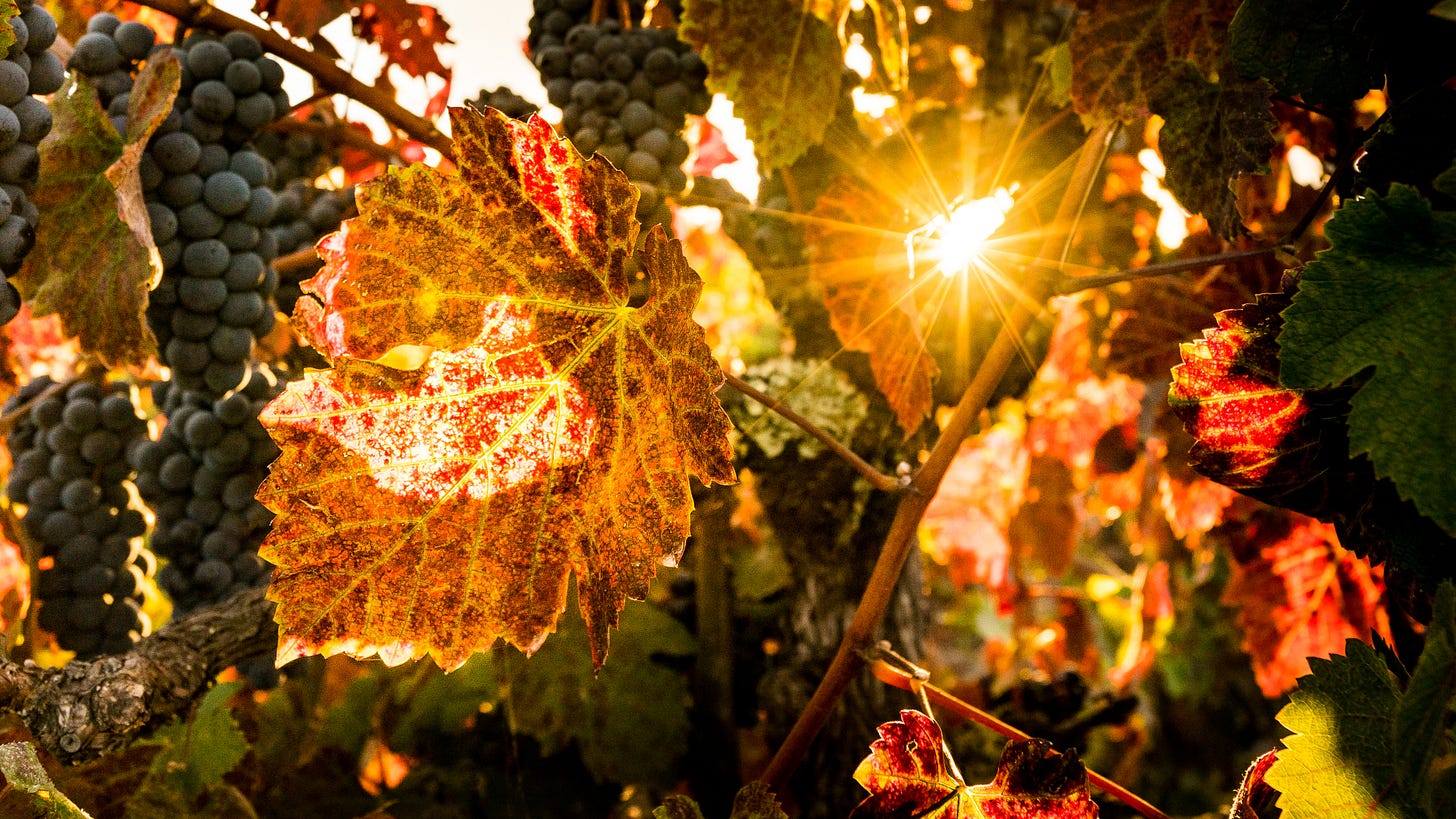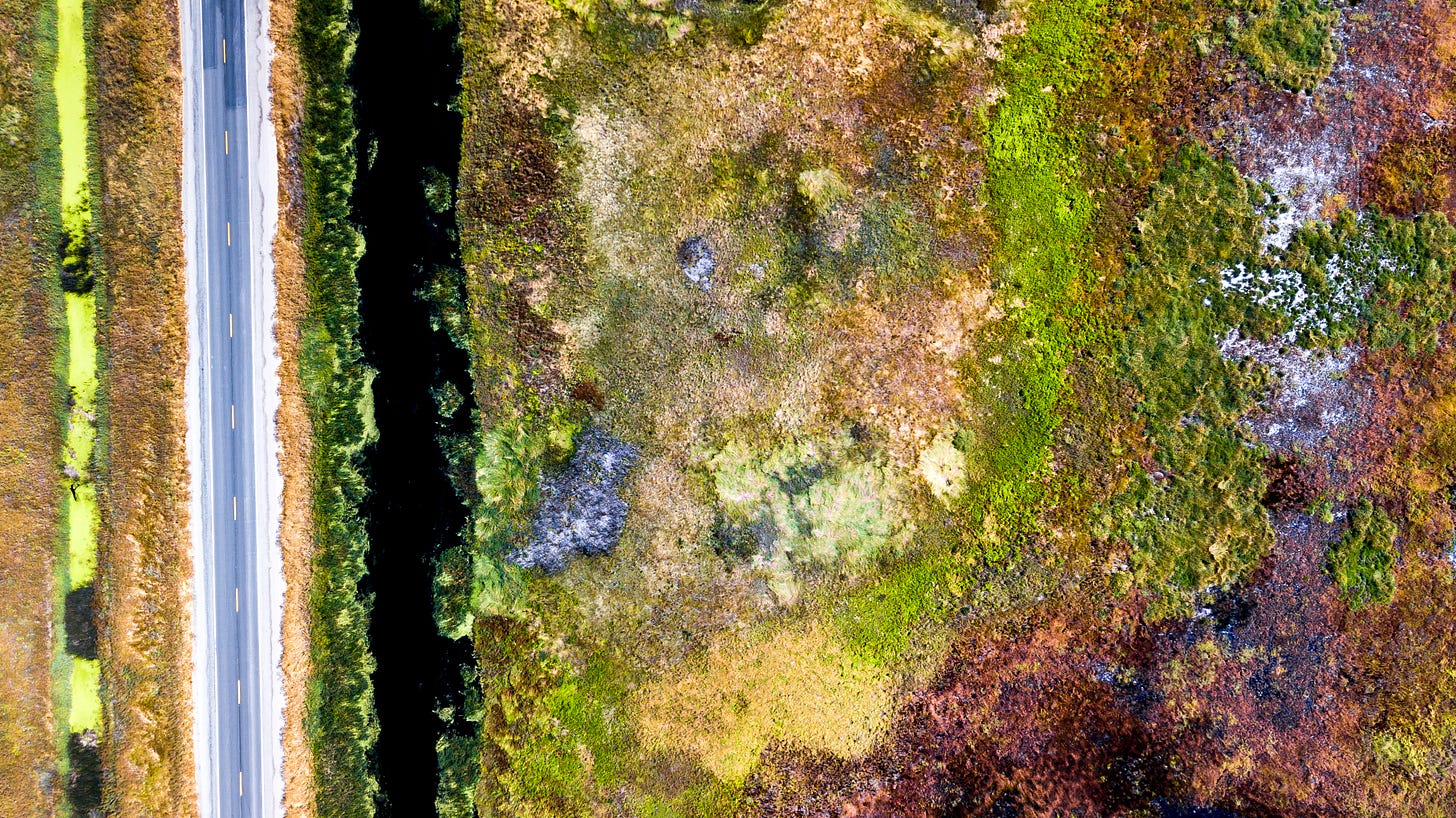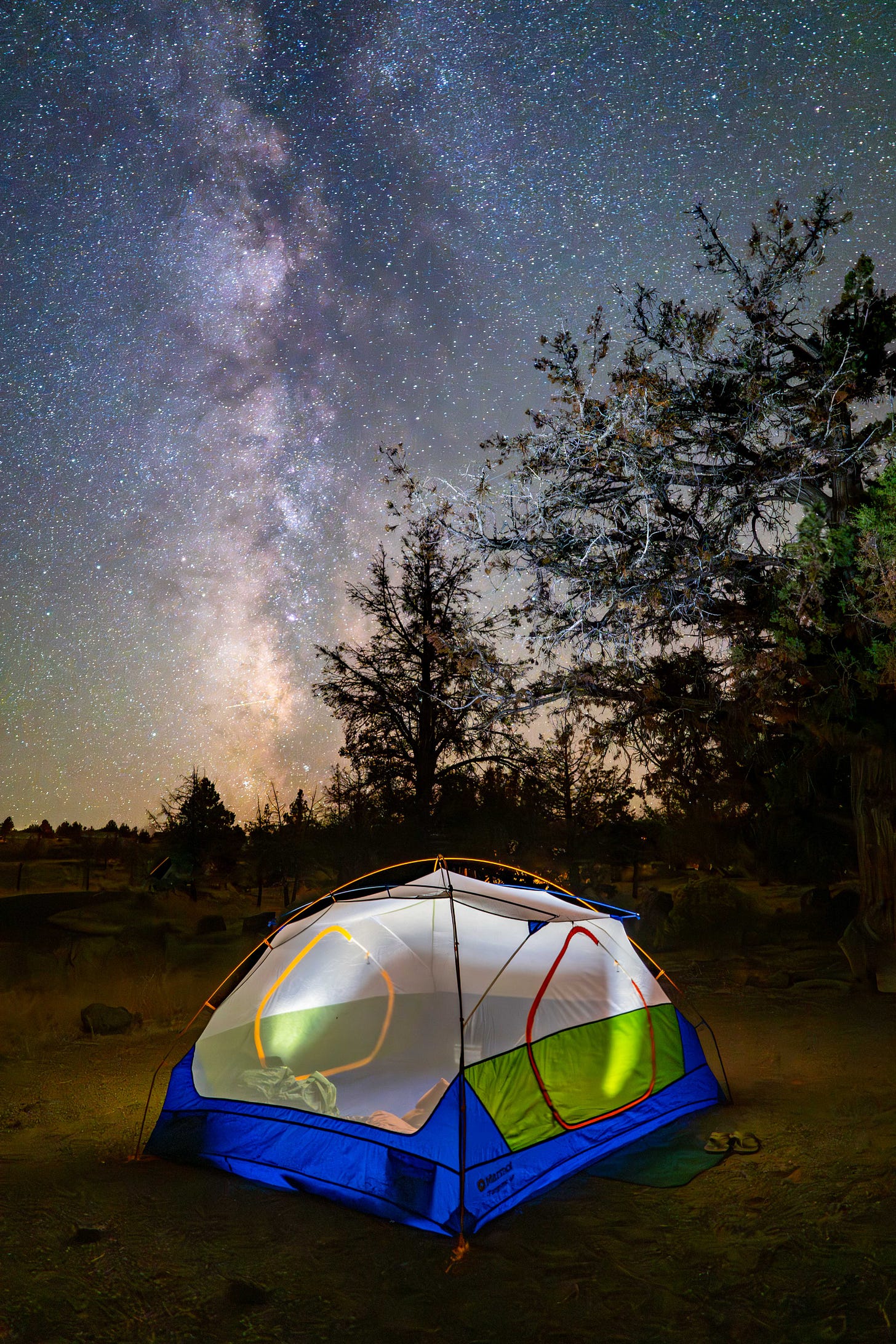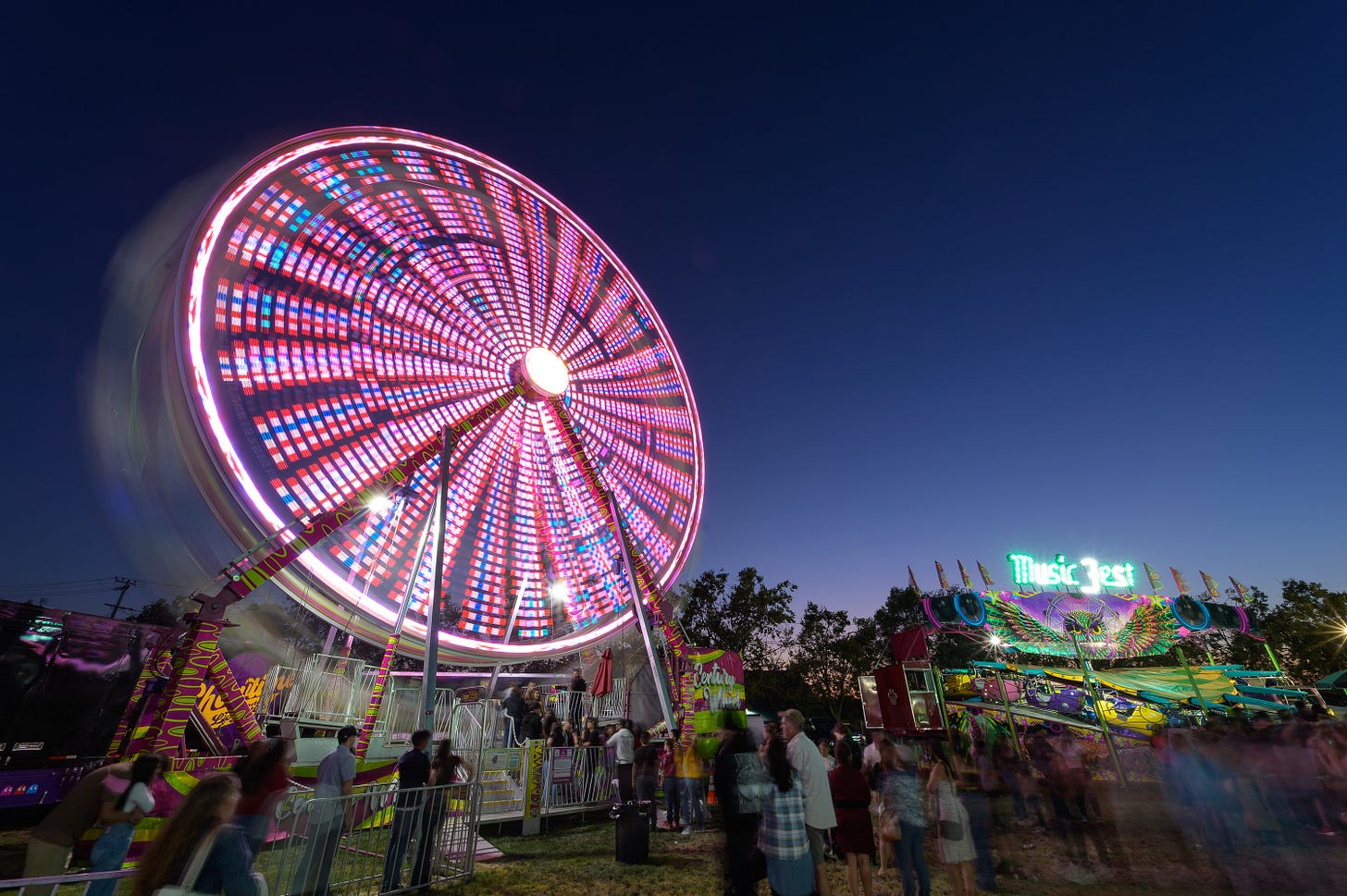Sunday E-dition: The worth of local stories
By Tim Carl
NAPA VALLEY, Calif — Last week, I found myself enjoying the crisp morning air of Calistoga while having breakfast outdoors with a newfound friend, a recent transplant from the Midwest.
The late-summer charm of Napa Valley is a season scented with the earthy aroma of fermenting grapes from nearby wineries and the subtle aromas of leaves beginning their transformation into a rich palette of autumnal hues. Often during such blissful moments nature also provides ample opportunities to practice acceptance and patience — in this case dispatching squads of yellowjackets frantically foraging to feed the next generation before the winter frost sets in.
My friend's Paleo-protein panacea — a robust sausage patty crowned with bacon and a side of, well, more bacon — became a magnet for these frenzied flying foragers.
"Man, these wasps are crazy into my food," he said, trying to shoo them away with a frantic wave.
"They usually don't sting when they're feeding," I said, grinning. "But they will attack when threatened by erratic movements."
He nodded slowly, lowered his hand and proceeded with his meal, now diligently examining each forkful for any aerial interlopers.
It was around then that he steered the conversation toward Napa Valley Features.
"I love reading it," he said. "It focuses on our community and the content and quality are top-notch. Plus, it's free and doesn't have ads. How do you pull that off?"
The wasps buzzed, leaves rustled from the surrounding trees and the rattling sound of a passing truck filled with empty grape bins could be heard as it headed to the next awaiting vineyard.
"We operate on a subscriber-funded model, much like public radio, where supporters who have the means invest in our sustainability," I said.
He nodded slowly as he picked up a piece of bacon, examined it for wasps and set it back down gently.
"But what's the catch?" he asked. "Why should I pay for something I can get for free? I mean, even public radio has pledge drives and supportive underwriters."
I took a long sip of my iced tea and pondered its journey from leaf to glass. How many stories went into bringing this often-overlooked beverage to the table?
"The value," I said, "is something you have to determine. We provide a platform for local voices and stories, focusing on serving our community."
He leaned back, seemingly now at peace with the yellowjackets feasting on his plate.
"Look," he said, "you have an opportunity here, and remember the old saying, 'Why buy the cow when the milk is free?'"
That got me thinking — literally and metaphorically — about cows, value and the nature of free things.
Fast-forward to the next day, and I found myself driving north to Lava Beds National Monument. My mission? To scout the perfect location for capturing the upcoming "Ring of Fire" solar event, visible only in a narrow strip of California. My route led me along Interstate 5, skirting the Oregon border, and then east onto state Route 161, which cut through the Lower Klamath and Tule Lake National Wildlife Refuges. I was struck by the uncharacteristic dryness of the typically marshy wetlands, a toll of ongoing droughts. Even so, butterflies and moths still filled the air, likely spurred by an unusually wet spring and continued mild summer.
When I pulled over, the shrunken lake stunned me. This wasn't just a receding body of water; it was the lifeblood of local agricultural communities and a rich plant and animal habitat. A few years prior the spot where I stood had been the edge of a sprawling lake teeming with a vibrant medley of waterfowl. Now it looked more like a mirage in the distance, speckled by dark dots that I was relieved to see were birds.
As I drove on I eventually reached the edge of the lake, and in a circle-of-life moment the water's edge gave way to alfalfa fields within a few hundred yards and then to pastures where cows grazed. Seemingly completing the metaphor, the next plot of land featured a burger joint with a rusting sign advertising milkshakes. This whole scene led me to ponder the cows again — were the ones I passed raised for milk or beef, and what was their price tag?
Upon reaching the monument, I was greeted by forests torched by recent fires, their scorched pines juxtaposed against the black-rock lava flows. The park is a stunning tapestry woven from various volcanic formations, including more than 700 lava tubes, dozens of which are hikeable. The entire region is a testament to the earth's transformative power.
That evening as I sat outside my tent under a nearly pitch-black sky that was perfect for my night-sky photography, my thoughts drifted to the troubled history of this area. In 1872 the Modoc people had fought to stay on the land they’d lived on for thousands of years. Led by Kientpoos, also known as Captain Jack, the Modocs were eventually overwhelmed, their leaders executed and survivors exiled — many dying from disease. During his sentencing, Captain Jack had pointed out the tragic irony that there had been enough resources for everyone to coexist peacefully, each contributing what they could when they could.
Whether it's the disappearance of natural resources, the uncomfortable truths of our history, the intricacies of contemporary life, changing business dynamics or the threat of climate change, today's perceived abundance can obscure an uncertain future. Wrapped in the stillness of the night, the realization dawned that "free" is frequently a mirage — every choice we make carries an inherent cost, whether immediately obvious or not. We are frequently presented with a decision: to nurture or consume those things in our lives that we value. This choice, subtle yet profound, has repercussions that ripple across communities, ecosystems and generations.
Last week
Last week saw a flurry of activity in the Napa Valley news landscape. Dave Stoneberg weighed in with a contemplative piece on the role of tragic events as chronological markers, drawing on personal experiences and underscoring the point that collective memory often leans on tragic moments, a sentiment echoed by the 22nd-anniversary ceremonies for the Sept. 11 attacks held in Napa, Yountville and American Canyon.
Also, in celebration of National Hispanic Heritage Month we highlighted the inaugural Sabor+Ritmo Festival, which spotlighted the area's rich Hispanic culture. Organized by Julissa and Will Marcencia, the event attracted 7,000 attendees and featured a day of Latin food, music and traditions. The festival underscored the integral role that Hispanic culture plays in shaping Napa Valley's diverse community.
The wine industry was also under scrutiny. Our coverage delved into the increase of mergers and acquisitions, focusing on the industry's transformation from a tapestry of bohemian winemakers to a more intricate field with increasing influence from large corporations and financial entities. This report generated discussion and found mention in multiple media outlets.
In the food sector, Lisa Adams Walter profiled Villa Corona Napa, a restaurant established more than 50 years ago by Ismael and Guillermina Villaseñor, who migrated from Jalisco, Mexico. Originally a modest Mexican market, the restaurant has grown into a multilocation enterprise complete with a catering service.
On the philanthropic front, Sunrise Horse Rescue, dedicated to aiding neglected and abandoned horses, raised a significant $196,000 at its Harvest of Hope for Horses gala at Blossom Creek Farm in Calistoga. Funds will go toward a multitude of initiatives, from immediate aid for at-risk horses to long-term community outreach and research collaborations.
We can't overlook the Napa Town & Country Fair, an event brought into focus by John Dunbar. The fair not only amassed $2.2 million through its Junior Livestock Auction but also attracted large daily crowds and offered myriad activities, from carnival rides to live shows. The inclusion of drag performers for the first time signaled a shift toward greater inclusivity.
We also launched a new web page for submissions to our Napa Valley Weekender.
Looking forward
Next week promises more insightful local stories. Paul Franson will introduce us to the people behind Wine Down Media, and former Judge Polly Webber will provide perspective on community efforts to aid local immigrants in becoming U.S. citizens. An article by Virginie Boone will dissect a recent sauvignon blanc tasting at Gamble Family Vineyards, examining how various clones and winemaking techniques can lead to a broad spectrum of flavors and characteristics. We are also developing a reader “pulse-poll” survey. As the year progresses, stay tuned for details about a forthcoming gathering for our subscribers, which is set to feature quality food, entertainment and a selection of rare wines from local vintners, including some of the contributors of Napa Valley Features.
Tim Carl is a Napa Valley-based photojournalist.







Thought provoking. There is so much on a daily basis that bombards us with consumption. It is good to think about the cost of free. The cost of the unseen values of a democracy that values all of its citizens are oft taken for granted until disaster strikes or until another freedom is reversed. Or should one have the means, travel to other locals only to miss something that we take for granted and consume regularly. Napa Valley is a wonderful place to live and to me being part of the community include contributing to sustain community, ecosystems and diversity.
Tim, All I can say is: Just continue your writing and photography...for years to come...